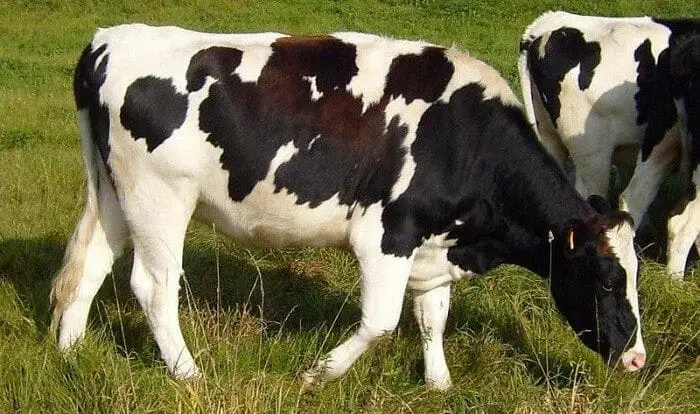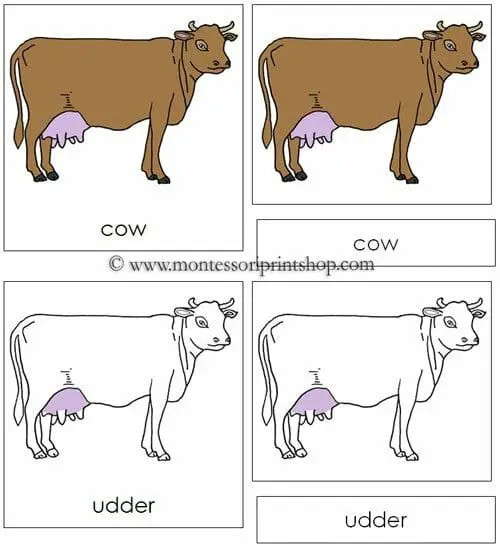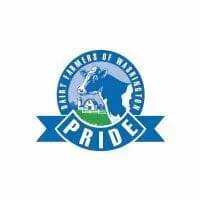As with most things in life, learning connects us and truly helps us understand our bodies and our environments better. We learn to accept and to co-exist with many creatures that way. We have explored slugs and ants for this very reason. Once you learn the purpose of these creatures, you respect them. The same goes for learning about our food. How does it magically appear on our table? With children, that kind of hands on, concrete learning is critical. Not only will there be great learning had by all, children will understand the impact and the importance of eating well. This post includes a “Learn about Milk” unit for your home and classroom.

Disclosure: Compensation was provided by Washington State Dairy Commission via Mode Media. The opinions expressed herein are those of the author and are not indicative of the opinions or positions of Washington State Dairy Commission.
Learn about Milk Unit
Cow Stomachs
Did you know that cows have four stomachs? That fact alone is enough to hook a child. Cows swallow grass half chewed and let their stomachs do the rest. Here is a free cow stomach printable to use in your home and classroom.

Types of Dairy Cows

Learn the Types of Dairy Cows using these free printable nomenclature cards
Parts of a Cow

The parts of a cow are really quite interesting to a child. Montessori Printshop offers Parts of a Cow 3 Part Nomenclature Cards at a very reasonable price. Download, cut, and laminate!
Farm to Table Sequencing
Use this farm to sequencing printable with images to have children sequence farm to table. There is a lot to the process so definitely do a bit of research before presenting this work to a child.
Cow Milking
Definitely add this cow milking activity to your unit. The activity is not only great for science learning, it also helps develop fine motor strength and coordination. Plus You can make the “cow milking” an art & science activity! Check out this Udder Painting activity. Children will love it!
Facts about Cows
- Only cows that have had a baby produce milk. If a cow is NOT a dairy cow, milk produces for only 8 or 9 weeks after a baby is born.
- Cows eat about 100 pounds of grass a day.
- Cows drink a bathtub a water a day.
- Dairy cows produce up to 15 gallons of milk a day.
- Cows live about 20 years.
- Cows have four stomachs so they can eat high fiber food. They forage grass, hay, and clover, for example.
- Holstein cows produce the most milk, while Guernsey cows produce the most cream.
- It takes two days to turn grass into milk.
Additional Resources
- The Dairy Mom blog
- Loads of wonderful ideas for a farm unit. I love the cow numeration activity. Keep scrolling down to find it on the page.
- Produce a Petal Book of the many products that come from milk
- Milk from Cow to Carton

Did you enjoy this post? Consider pinning it!
Thanks to our Sponsor:
Sometimes less really is more. When you choose natural milk, you're getting nine essential nutrients packed into a few natural ingredients. To learn more about what Washington dairy families are doing to keep your milk pure, fresh and local, visit akeyingredient.com. You can also follow along at Facebook at Facebook.com/DairyFarmersofWashington.

